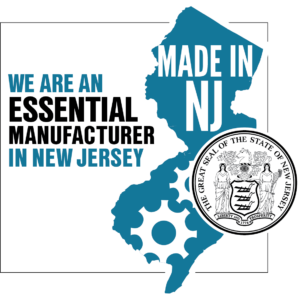Optimizing for Manufacturability in Small Parts Sourcing
Learn how to optimize for manufacturability through a unified approach to product design and the creation of a thorough and detailed request for quote (RFQ).
Learn how to optimize for manufacturability through a unified approach to product design and the creation of a thorough and detailed request for quote (RFQ).
With profile of a line vs. profile of a surface, the former controls variation at specified cross sections while the latter controls the entire feature surface.
Surface finish requirements are just some of the details critical to completing an RFQ that will help you optimize for manufacturability.
It may be tempting to assume that a very tight tolerance should be your default choice. But, when they aren’t essential, it could increase your costs needlessly.
Surface finish requirements are among the details that are critical to creating a complete RFQ that will help to optimize for manufacturability.
Surface flatness is an indicator of all points along a surface lying in the same plane, with the highest and lowest points within the flatness tolerance range.
How do you qualify a new sourcing partner and ensure an efficient and problem free experience? Considering these points will help you make a decision you can feel confident about.
With these RFQ tips, you can not only speed up the quote process, but also ensure you get the part you want and a cost estimate that is as accurate as possible.
Finding a supplier who can deliver quality and on-time service can be tough, especially when it comes to the medical device and other heavily regulated industries. This guide makes it simple.
In circular runout vs. total runout, the first controls variation in circular features of a part while the other controls variation in the entire part surface. Learn the difference and how to measure them here.
GD&T cylindricity is a three-dimensional tolerance feature used to indicate both roundness and straightness along the entire axial length of a cylindrical part.
GD&T tolerances provide manufacturing guidance that must balance the need to make a part functional with the need to produce the part cost-effectively.
Circularity tolerance based on diameter helps to control roundness and ensure that small precision metal parts fit properly, move smoothly, and wear evenly.
Learn why the characteristics of titanium tube make it a good choice for medical devices and other applications that require strength, light weight, and corrosion resistance.
Consider the methods used for heat treating metals, as well as the effects, when specifying your requirements for the cut-off of small metal parts.
Explore the advantages of pure tungsten and pure molybdenum as alternative materials for use in spot welding electrodes.
When designing a part, remember that different tolerances may require different processes, and not all processes can produce results to the same tolerance.
In material sourcing for the production of precision parts, avoiding non-standard material sizes can help to control costs and optimize for manufacturability.

89 Commerce Rd Cedar Grove, NJ 07009
973 239 1100 sales@metalcutting.com
sales@metalcutting.com
Copyright © 2025 Metal Cutting Corporation
Core Capabilities
Precision Cutting
Grinding & Lapping
Polishing
Machining
Finishing

